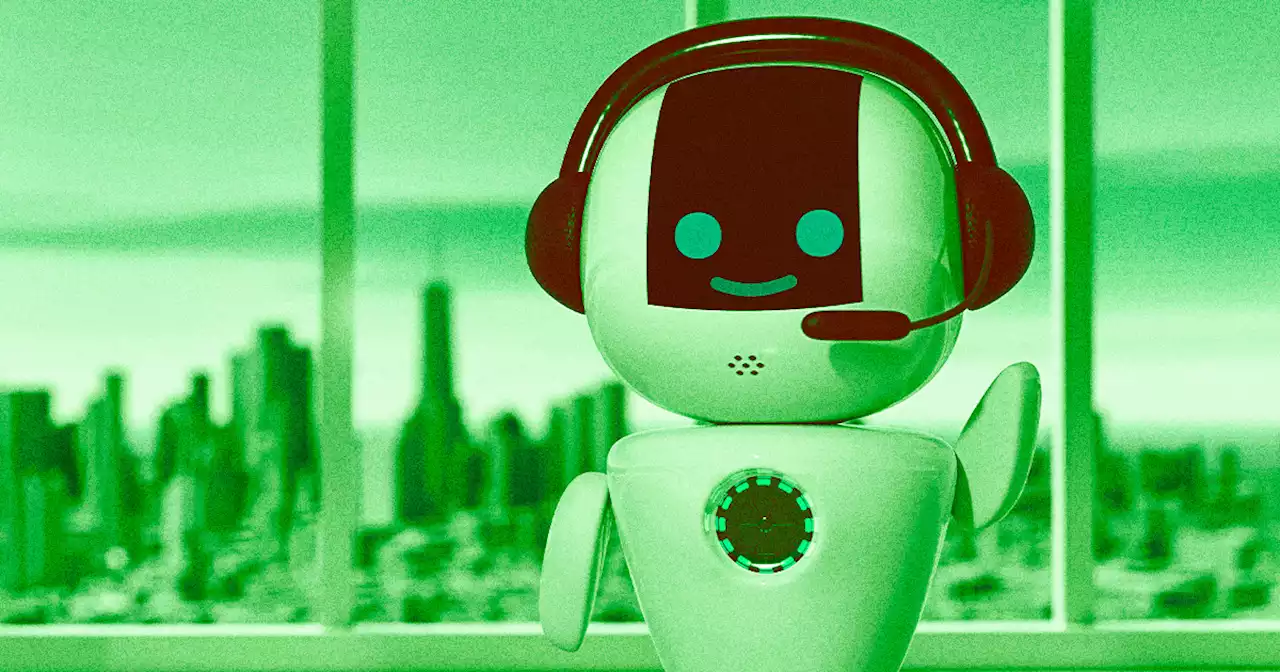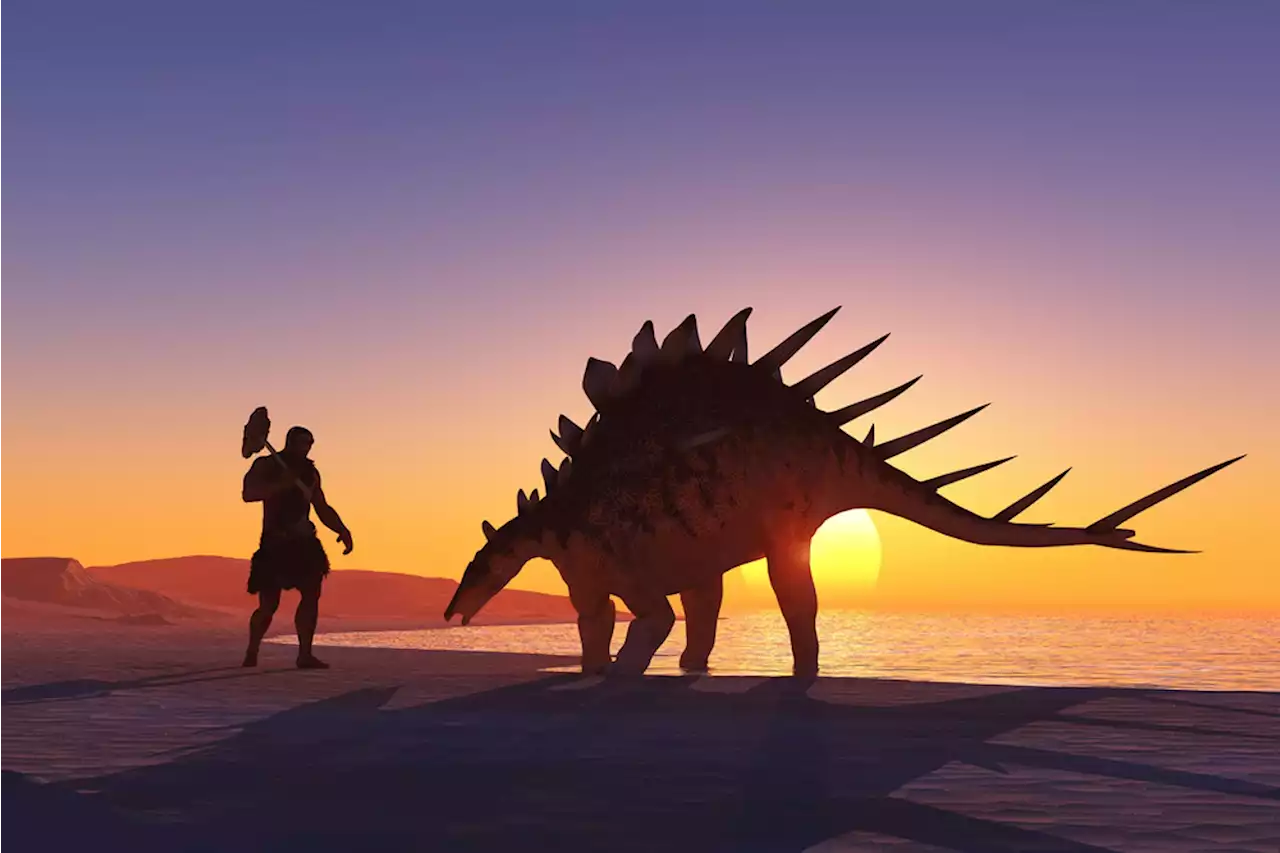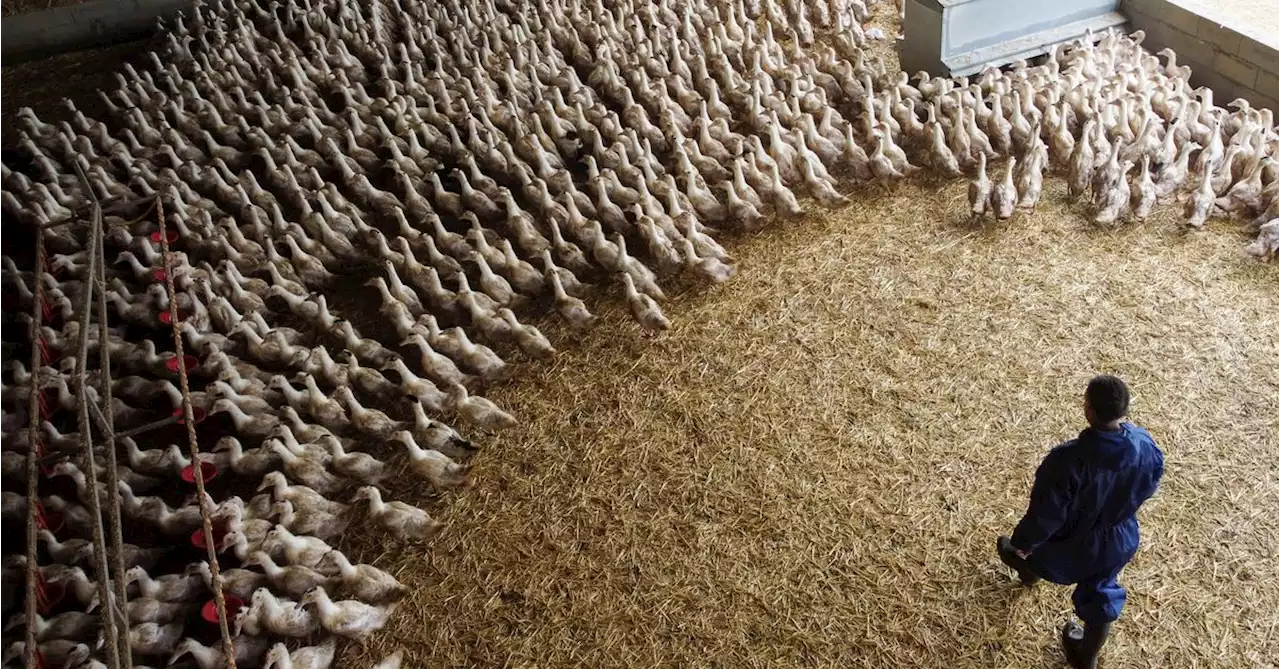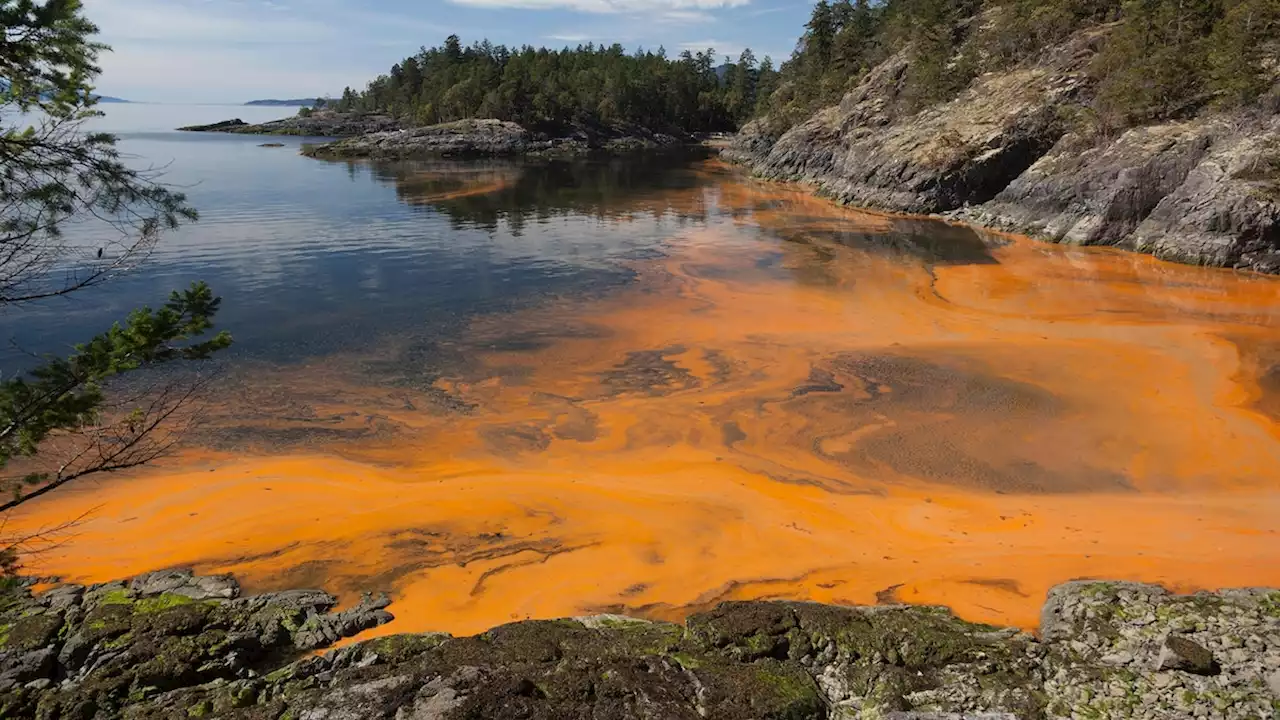Modern inhabitants of the Tibetan Plateau are descendants of people who have occupied the ‘roof of the world’ for the past five millennia
The Tibetan Plateau extends from the northern edge of the Himalayas across 2.5 million square kilometres. It is a high-altitude, dry and cold region. Despite its inhospitable environment, humans have been present on the plateau since prehistoric times. Denisovans, extinct hominins that interbred with both Neanderthals and the ancestors of modern humans, lived on the northeastern edge of the plateau 160,000 years ago.
Historical records date back only 2,500 years. Dating of sediments with human hand- and footprints in the central plateau indicated thatFu and her team sequenced ancient genomes from the remains of 89 individuals, dated to 5,100–100 years ago, unearthed from 29 archaeological sites. Their study confirms that permanent occupation of the region pre-dates historical records.
“It’s very exciting that we are getting ancient DNA from this geographical region,” says Vagheesh Narasimhan, a computational genomics researcher at the University of Texas at Austin.Analysis of the genomes reveals that the ancient occupants of the Tibetan Plateau have strong genetic links to the Tibetan, Sherpa and Qiang ethnic groups that live on or near the plateau today.
“There’s a continuity,” says Irene Gallego Romero, a genomics researcher at the University of Melbourne in Australia, “but there is also consistent movement of influences in and out of the region.” Evidence of these interactions has existed in the form of pottery and other artefacts, but this is the first definitive sign that populations were exchanging more than their culture and knowledge, says Fu.The genomes also reveal how Tibetan settlers adapted to their environment. Many present-day inhabitants of the Tibetan Plateau have a version of a gene,
United States Latest News, United States Headlines
Similar News:You can also read news stories similar to this one that we have collected from other news sources.
 Study: Cute (and Non Human-Looking) Robots Will Subdue the HumansIn a rather strange study, researchers wanted to see how employees responded to 'wellbeing' robots in the workplace.
Study: Cute (and Non Human-Looking) Robots Will Subdue the HumansIn a rather strange study, researchers wanted to see how employees responded to 'wellbeing' robots in the workplace.
Read more »
 Did Humans and Dinosaurs Ever Live Together?Thinking that humans lived with dinosaurs makes for a compelling proposition. But dinosaurs and humans have only coexisted in our imaginations.
Did Humans and Dinosaurs Ever Live Together?Thinking that humans lived with dinosaurs makes for a compelling proposition. But dinosaurs and humans have only coexisted in our imaginations.
Read more »
 Study Shows Healthy Dogs and Cats Can Transmit Dangerous Microbes to Humans – And Vice VersaMulti-drug-resistant organisms can be transmitted between healthy dogs and cats and their hospitalized owners. Fortunately, only a small number of cases were found suggesting pets are not a major source of antibiotic-resistant infections in hospital patients. Healthy dogs and cats could be pas
Study Shows Healthy Dogs and Cats Can Transmit Dangerous Microbes to Humans – And Vice VersaMulti-drug-resistant organisms can be transmitted between healthy dogs and cats and their hospitalized owners. Fortunately, only a small number of cases were found suggesting pets are not a major source of antibiotic-resistant infections in hospital patients. Healthy dogs and cats could be pas
Read more »
 Humans Are Leaving Behind a Frozen Legacy of Microbes on Mount EverestLocated nearly 5 miles above sea level in the Himalayas, the barren, wind-swept depression between Mount Everest and its neighboring summit, Lhotse, remains devoid of snow. At the South Col, hundreds of thrill-seekers set up their final camp annually, preparing to ascend the world's highest mountain
Humans Are Leaving Behind a Frozen Legacy of Microbes on Mount EverestLocated nearly 5 miles above sea level in the Himalayas, the barren, wind-swept depression between Mount Everest and its neighboring summit, Lhotse, remains devoid of snow. At the South Col, hundreds of thrill-seekers set up their final camp annually, preparing to ascend the world's highest mountain
Read more »
 Vaccine makers prep bird flu shot for humans 'just in case'; rich nations lock in suppliesSome of the world's leading makers of flu vaccines say they could make hundreds of millions of bird flu shots for humans within months if a new strain of avian influenza ever jumps across the species divide.
Vaccine makers prep bird flu shot for humans 'just in case'; rich nations lock in suppliesSome of the world's leading makers of flu vaccines say they could make hundreds of millions of bird flu shots for humans within months if a new strain of avian influenza ever jumps across the species divide.
Read more »
 Red tides and algal blooms, facts and informationBefore humans see it, they’ll feel it: itchy eyes, sneezing, coughing, and shortness of breath are all clues to a present bloom.
Red tides and algal blooms, facts and informationBefore humans see it, they’ll feel it: itchy eyes, sneezing, coughing, and shortness of breath are all clues to a present bloom.
Read more »
